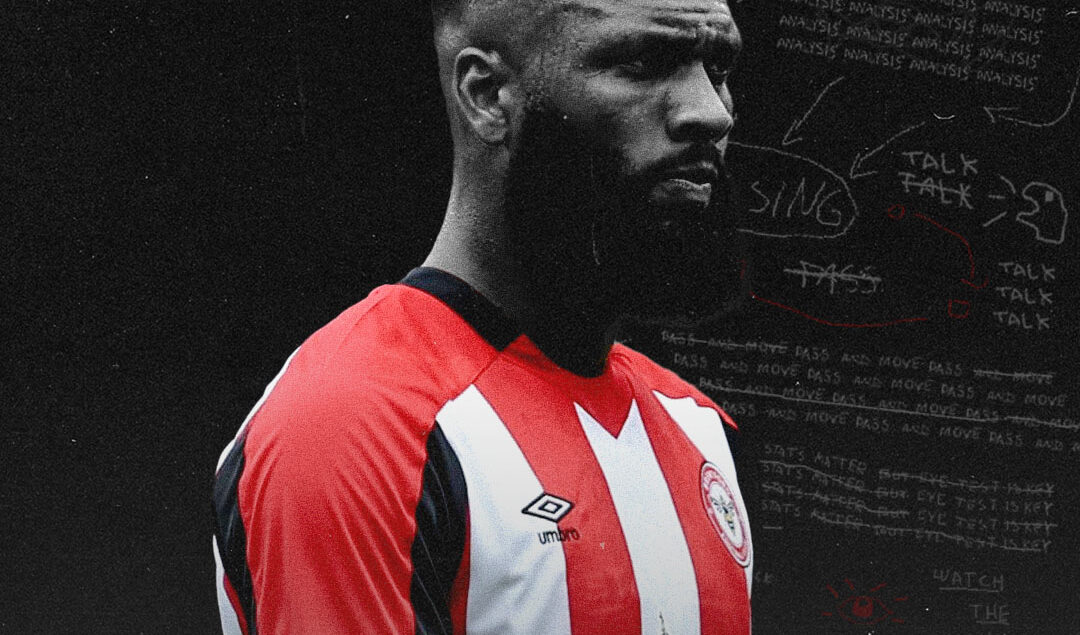Football’s Greatest Comeback Stories
Football is a sport of passion, skill, and sometimes, miraculous comebacks. The beautiful game has provided fans with one too many occasions where teams have miraculously turned defeats into victories. These stories of comeback capture the imagination of audiences across the world and remain in the memories of supporters long after the final whistle.
Legendary Comebacks That Shocked the World
History is filled with surprising stories in football. Many times, underdogs best the odds, or favorites rise above the challenge. These stories highlight the unpredictable nature of football. Here is a non-exhaustive list of famous comebacks:
- Manchester United’s 1999 Champions League final victory against Bayern Munich, scoring twice in injury time;
- Manchester City’s last-minute Premier League title win in 2012, scoring twice in stoppage time against QPR;
- Newcastle United overcoming a 4-0 deficit to draw 4-4 with Arsenal in 2011;
- Roma defeated Barcelona 3-0 in 2018 after losing the first leg 4-1.
Regardless of who you cheer for, these classic moments remind fans of the unpredictable nature of football, and the reason they fell in love with the game.
Psychological Elements Behind Great Comebacks
By uncovering what relates to these amazing comebacks, we gain insight into human performance in pressure situations. The phenomenon of momentum shift usually serves in comebacks. In a comeback, whenever the team that is losing scores, there can be great psychological advantage. The team that is winning can become defensive and anxious; the team that just scored is likely to start trusting itself and rallying energy.
Team cohesion is also very important in times of adversity. Research in sports psychology shows that teams with a tight internal group are more successful when they need to deal with a significant adversary. A study from the Journal of Sport Psychology showed that teams that had high cohesion scores in their teams were 23% more likely to better perform under pressure situations.
Mental factors that contribute to successful comebacks include:
- Resilience — the ability to bounce back from setbacks;
- Focus on controllable elements rather than the scoreline;
- Breaking the challenge into smaller, manageable goals;
- Leadership from key players who refuse to accept defeat;
- Belief in team training and preparation.
Players who have participated in great comebacks often describe entering a “flow state” where time seems to slow down and performance becomes instinctive rather than calculated.
How Comebacks Impact Betting and Where Fans Can Place Bets
Dramatic comebacks create fascinating dynamics in the betting world. When underdogs stage remarkable turnarounds, bookmakers typically face significant losses as these events typically carry long odds.
In-play betting has revolutionized how fans engage with potential comeback scenarios. As odds shift during matches, astute bettors who identify momentum changes early can find valuable opportunities. Platforms like Melbet download offer comprehensive in-play betting options that allow fans to participate in these exciting moments.
Statistical analysis shows that teams with a history of comebacks frequently receive shorter odds in in-play markets, even when trailing. This reflects bookmakers’ awareness of certain teams’ resilience.
Betting markets particularly affected by comebacks include:
- Match result markets, where odds fluctuate dramatically with each goal;
- Over/under goals markets, which respond to increased attacking intent;
- Next goalscorer markets, which become crucial during comeback attempts;
- Asian handicap markets, which adjust to changing match dynamics.
Successful betting on potential comebacks requires understanding team psychology, fitness levels, and tactical flexibility. Teams with attacking options on the bench often pose greater comeback threats.
Tactical Adjustments That Enable Comebacks
Strategic thinking exists with each comeback both as management and players. Tactical subs, or formations changes, often provide new opportunities for comeback. As teams switch from defensive or neutral formations to attacking formations, the pressure to maintain the lead ultimately lies with the leading team. Moving from a 4-5-1 formation to a general 3-4-3 formation is an infusion of attacking players who cause more overload opportunities (2v1 or 3v2) in dangerous areas for the leading team.
Subs are often the largest part of any comeback but are often overlooked in analysis. When the leading team is fatigued, and you have fatigued attackers, that simple physics can be the point of difference. The “super-sub” examples pitting attacking players, frequently in even numbers-style – against defenders who are fatigued or at worst, conceding the game once it’s been started all interestingly, typically changes games off the bench.
Effective tactical adjustments include:
- Increasing pressing intensity to induce turnovers;
- Responding to specific defensive weaknesses by inserting specialized attackers;
- Using set-pieces more aggressively when behind;
- Employing a more direct way of playing to increase shot opportunities;
- Focusing on overloads in wide flanks to produce more crosses.
Analysis from professional coaches shows that successful comebacks frequently involve calculated risk-taking rather than desperate measures. Teams maintain structural balance while increasing attacking numbers.
Training to Develop Comeback Capability
Today´s teams train for the possibility of comebacks as they see its significance within a match. In the case of elite player training, players train in simulated pressure scenarios. Teams develop the ability to play with urgency while maintaining the technical quality they want. In these simulated scenarios, players usually play with deadlines/or are behind in the score.
Players’ conditioning will allow comebacks late in a match. If players are physically conditioned better than their opponent, their decision-making capacity is more efficient when fatigued. Sports science departments will work at developing this capacity through their specific training protocols. Important elements of training include:
- High-Intensity Interval Training that recreates end-phase situations;
- Exercises for mental resilience that develop positive responses to missed opportunities;
- Technical actions executed under fatigue, just like in a game;
- Film review of successful comebacks to identify single game behavior;
- Position-specific training development for substitute players that made a difference for the comeback.
These specialized approaches help teams develop the physical and mental tools needed when facing deficits, creating the foundation for those magical moments that define football history.
